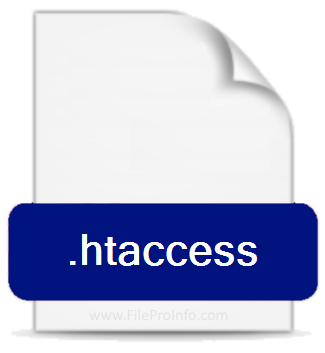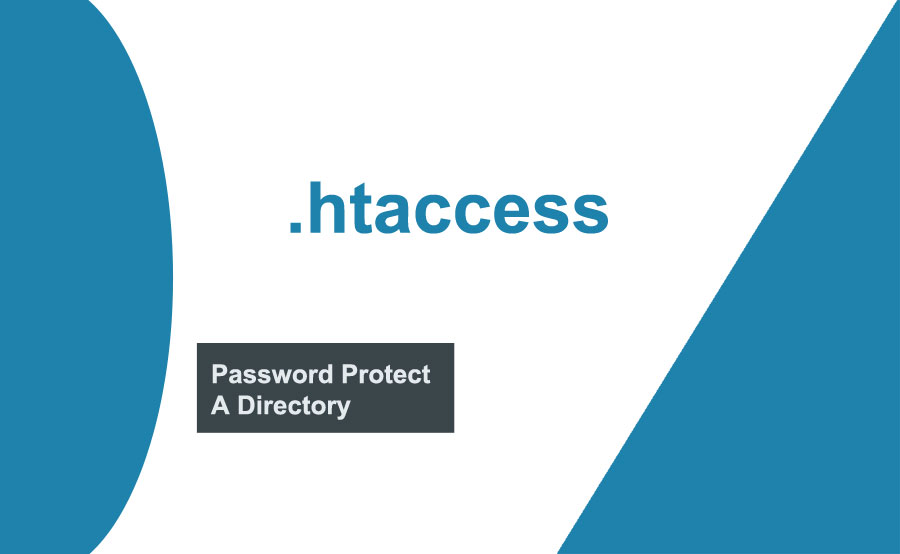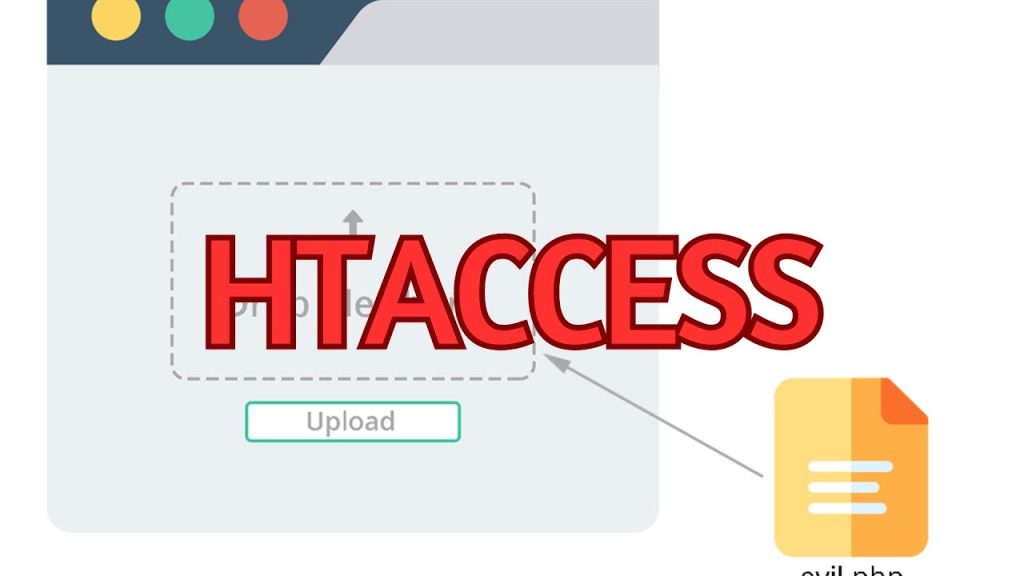WordPress is renowned for its flexibility and customization options, and one powerful tool in its arsenal is the .htaccess file. While often overlooked, this humble file can wield significant influence over your website‘s performance, security, and SEO. In this beginner’s guide, we’ll unravel the mysteries of the WordPress .htaccess file, exploring its functionality, essential configurations, and best practices.

Table of Contents
Understanding the .htaccess File
It is a configuration file used by web servers, including Apache, to override default server configurations for specific directories or the entire site. In the context of WordPress, the .htaccess file resides in the root directory of your WordPress installation. Its primary purpose is to control how Apache serves files and processes URLs.

Purpose and Functionality
The .htaccess file, short for “Hypertext Access,” is a configuration file used by web servers, primarily Apache, to control various aspects of website behavior on a per-directory basis. It holds significant power in customizing how the server interacts with files, processes URLs, and handles requests. Let’s delve deeper into its purpose and functionality:

- URL Rewriting: One of the most common uses of the .htaccess file in WordPress is for URL rewriting. It enables you to create clean, user-friendly URLs by rewriting them in a format that’s more understandable to both users and search engines. For example, it can convert URLs from
keralahosting.in/?p=123tokeralahosting.in/post-title. - Security: It can enhance the security of your WordPress site by restricting access to sensitive files and directories. You can prevent unauthorized access to configuration files, block access to specific IPs or user agents, and mitigate common security threats like cross-site scripting (XSS) and SQL injection attacks.
- Redirection: Redirects are essential for maintaining SEO and ensuring a smooth user experience. You can set up permanent (301) or temporary (302) redirects to direct users from old or non-existent URLs to relevant pages on your site. This is particularly useful when restructuring your site or migrating content.
- Caching and Compression: Leveraging browser caching and compression techniques can significantly improve website performance. By configuring the .htaccess file, you can instruct the server to enable caching for static resources like images, CSS, and JavaScript files, as well as compress files to reduce bandwidth usage and load times.
- Custom Error Pages: You can create custom error pages using the .htaccess file to provide a more user-friendly experience when visitors encounter errors like 404 Not Found or 500 Internal Server Error. Custom error pages can help retain visitors and guide them back to your site’s main content.
Best Practices

- Backup Your .htaccess File: Before making any changes to the .htaccess file, always create a backup. This ensures that you can easily revert to a previous version if something goes wrong during the editing process.
- Use Proper Syntax: It is sensitive to syntax errors. Even a small mistake can cause your website to become inaccessible. Double-check your syntax and test changes thoroughly before saving the file.
- Regular Maintenance: Periodically review and update your file to incorporate new security measures, optimize performance, and adapt to changes in your site’s structure or requirements. This helps ensure that your website remains secure and performs optimally over time.
- Comment Your Code: Use comments to document the purpose of each section or rule in your .htaccess file. This makes it easier to understand and maintain, especially for other developers who may work on your site in the future.
- Test Performance: Monitor the performance of your website after implementing changes to your .htaccess file. Evaluate whether optimizations such as caching and compression are improving load times and overall user experience.
- Secure Access: Protect your .htaccess file from unauthorized access by setting appropriate file permissions. Ensure that only authorized users can modify or view the contents of the file
- Keep It Clean: Regularly review and remove any unnecessary or outdated rules from your .htaccess file. This helps keep the file clean and ensures it remains efficient.
Conclusion
The WordPress .htaccess file is a potent tool for enhancing your site’s performance, security, and SEO. By mastering its configurations and best practices, you can unleash the full potential of your WordPress website while ensuring a seamless user experience. Whether you’re a novice or seasoned WordPress user, harnessing the power of the .htaccess file is essential for maximizing your site’s capabilities.

